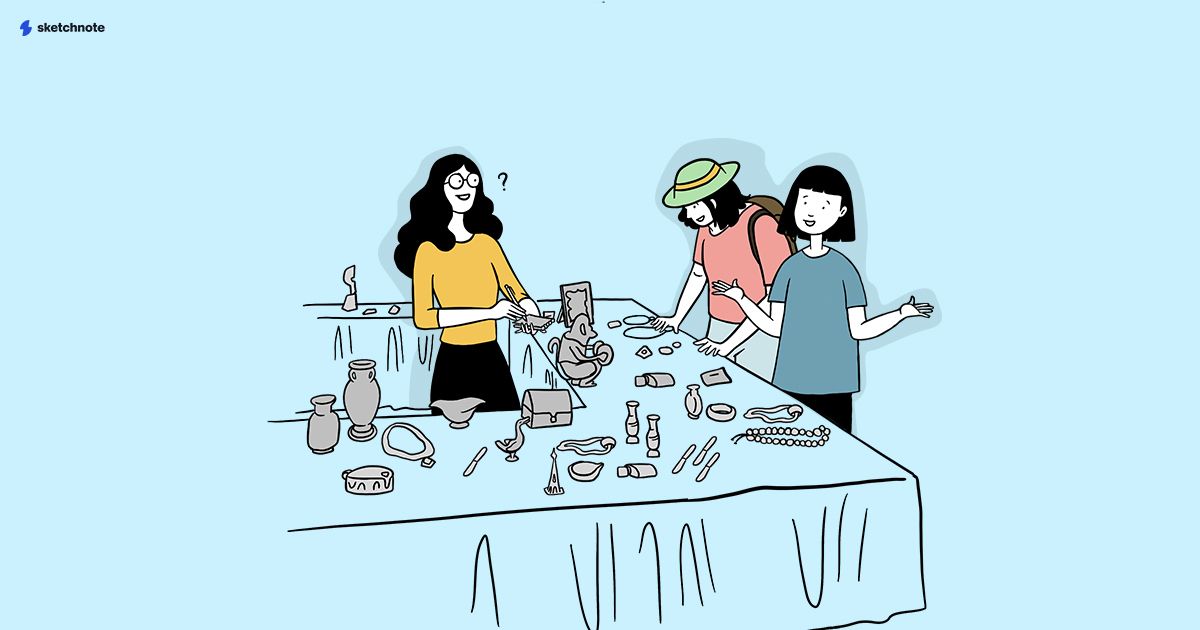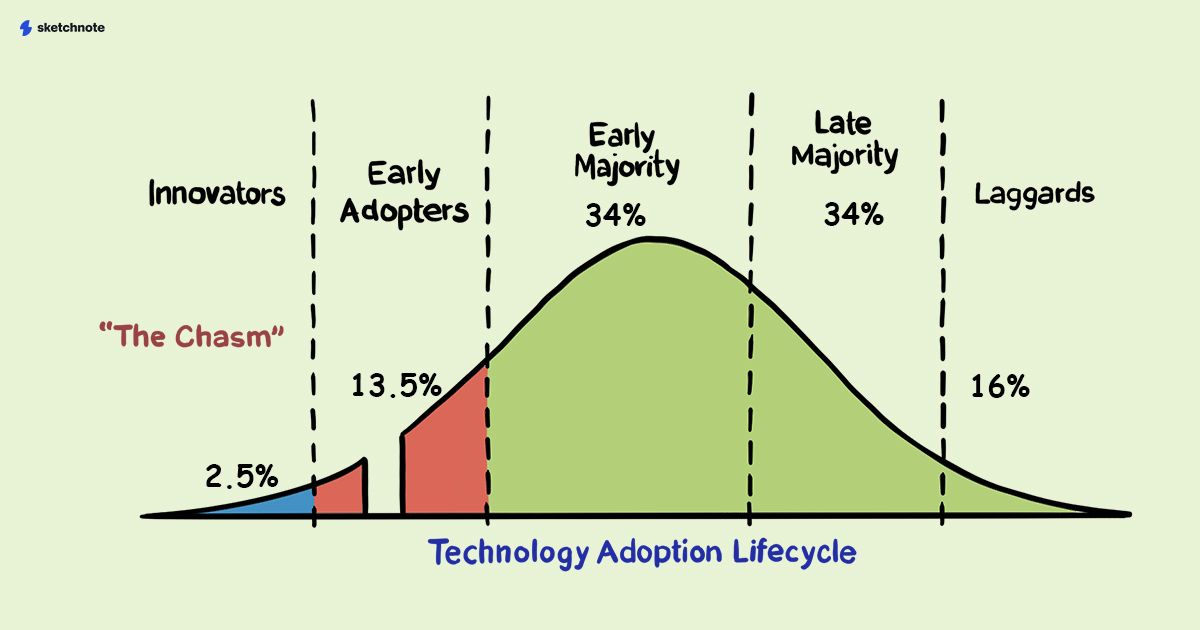‘Traction’ (trac·tion | \ ˈtrak-shən \) is a term used in Mechanics, Transportation, and Medicine. In the transportation context, it refers to the grip of a tyre on a road, a wheel on a rail, or a track on any other surface. For example, "His car hit a patch of ice and lost traction". So, what does this have to do with startups?
In short, a lot!
From the example above you can see that traction refers to, as Merriam-Webster puts it, “The support or interest that is needed for something to make progress or succeed”. Traction for a startup is the initial interest in the product or service from paying or potentially paying customers.
Every startup wishes, hopes, assumes, and works such that this traction will snowball into both recurring revenue and new customers, setting it on its path to early-stage funding, more revenue, more funding rounds, and then onwards to riches of unicorn proportions!

Traction’s importance
Gaining traction should be important and urgent for you. The questions "Who are my early customers?," "Where/how should I seek them?," and "What do I do once I find them?" should be all you think about once you have your product development sorted.
Remember that the value of your early customers is way more than the amount of revenue they bring in—think about how a snowball builds and you know that a fistful of snow can amount to a lot if everything else aligns. This is so because early customers are an independent and commercial validation of your product; you are, finally, not alone in believing it is a winner. Well, a potential one anyway.
This proof of potential is what seed stage investors look for and its absence will most like be a dealbreaker for most. Because… Action traction speaks louder than words (or pitch decks).

Who are my early customers?
Who your early customers are might seem obvious, but be careful. The two reasons to spend time and thought on this question are:
- Pitching to the wrong segment eats up valuable time and capital, the two things early-stage startups are most starved of; and
- Worse still, getting your addressable or target market wrong will transform your otherwise great product into a dud.
Focusing on the right segment is important at any stage but more so when you are looking to gain traction. At this stage, you want to analyze and identify to a granular level because zeroing down on the most viable sub-segment improves your odds of conversion while keeping customer acquisition cost (CAC) low.
Bonus: getting into this discipline of controlling CAC from an early stage can be a lifelong boon. In short, target deeply rather than broadly.
Innovators and early adopters are your likely first set of customers. How likely and to what proportion depends on where your solution lies in the innovation scale. Totally novel solutions depend more on innovators. So do not-so-novel ones that are entering a monopoly (one provider) or duopoly (a couple of providers that totally dominate) to disrupt status quo.
Early adopters are the set of buyers who are willing, able, and even keen to try out something unproven; innovators, even more so. This willingness may be driven by:
- Their disposition— A desire to be different, be seen to be trying out new things, or be harbingers of trends coupled with strong financial standing; or
- Their desperation—They have an unmet need or unsolved problem for which a solution doesn’t exist and they HAVE TO solve it.

As the Technology Adoption Life Cycle suggests, these traction building categories may be a small in terms of their contribution to your product’s lifetime revenue but you don’t get anywhere without them. These ‘influencers’ bring in the early majority, which pulls in the late majority and laggards to round off your product’s life cycle, and for them the fact that there isn’t anyone else using your product is a good thing!

Where or how should I seek them?
Once you've defined your traction category’s demographics, apply this checklist for establishing their credentials as innovators/early adopters:
- Do you think they have a problem that needs solving?
- Do they know they have this problem?
- Do they fully understand this problem and its consequences?
- Are they actively seeking a solution?
- Are they able and willing to pay for an untested solution?
- Does it appear that they have a significant following and influence over others?
Product forums related to your domain are a great place to learn about pain points and the people who face them. Monitor these religiously to identify the innovators and early adopters in the ‘desperate for solution’ category. Online platforms with reviews and feedback on products are also a great source for leads as well as for tweaking your product to target traction. Social media handles of existing players and potential users can be a great source for understanding the market landscape and target areas.
This is low hanging, and mostly free, fruit. Don’t shy away from spending to attend premium events, discussion groups, fairs, and conventions to identify your sources of traction – it will be well worth your while.
Also worthwhile is spend on influencers (Instagrammers, YouTubers, Tweeters, bloggers, TedTalkers…) who can give you invaluable visibility, wide following, and paid customers. Choose wisely and selectively though because influencers don’t come cheap and social media is full of wannabes.
So, these were push strategies. On pull strategies, content is vital and for this keyword optimization and clusters, backlinking, and all the other ‘old school’ google tricks remain relevant for your website, blogs, and social media content.
A temptation at this stage would be to go as wide as possible with the expectation that even a moderate conversion rate will mean a decent pool of users and more traction. But:
- One, this will be more expensive.
- Two, it will be a distraction and an effort to monitor a larger pool, assuming you acquire one.
- Three, you will be burning more capital than needed to achieve the same result since depth > breadth at this stage.
- Four, the sheer volume of ‘noise’ created by a larger pool of early customers on product features, improvements, bugs, etc. will be overwhelming.
Hence, while thinking carefully about which platforms, categories, locations, demographics, psychographics, or behavioral segments you will target for traction, think just as much about which ones you will not (thank me later).

What do I do once I find them?
Woo them! Push or pull strategies get you attention, which needs follow through to achieve:
- Conversion – Either into paying buyers or active users, or both.
- Advocacy – Championing your product so you begin building traction with the next set of customers in the life cycle.
Freebies are a great way to bag your early customers, though this may not always be the case:
- Some early users (especially innovators) are defined by their willingness to pay, so why leave money on the table 🤷🏻♂️?
- ‘Free’ may be associated with a lack of confidence in the product or may attract disdain since there’s no incentive to try it out.
One advantage of having a small, focused group of early users is that it makes the all-important task of tracking usage patterns easier. This is the vital follow through element of your traction-building strategy mainly because it may hold clues to much-needed product tweaks (don’t assume you have got it 20/20 just because you have early traction).
Apart from improvements, monitoring your innovators and early adopters gives you clues about recommendations, reasons for recommendations, factors that convert trial users into paid customers, and more. At the same time, don’t give in to the ‘bias towards action’ in rushing to make wholesale changes to your product based on feedback from a couple of innovators.
Establish how secular and consistent the feedback is before giving up your conviction in your product. And while you are at it, don’t forget to keep a close eye on the ones that do not recommend or convert from trial to paid—this set holds clues that are almost as vital to success as the clues from users you bag.

The importance of early customer traction
The famed ‘Valley of Death’ is the stage where a startup reaches commercialization and very early traction. However, adoption does not subsequently reach a scale where either cashflows can begin to support further growth or the traction isn’t strong enough to enable an Early/Late Seed or Series A fundraise.
For many innovative startups, this Valley of Death corresponds with the ‘chasm’ in the product adoption life cycle. Cross this chasm and you have good odds of avoiding the fate that leads ‘Valley’ aspiring startups into a valley of a very different kind.
Finally, don’t be daunted by the nascency of your product. Bear in mind that for traction with your early customers, nascency could be an advantage if you have got your targeting right. With this thought, remember that ideas without action are useless, and action without traction is even more so.
Now that you know all about early traction, head to our lesson on how to get your first 100 customers to learn more about gaining it and to create your action plan for your first few buyers!


